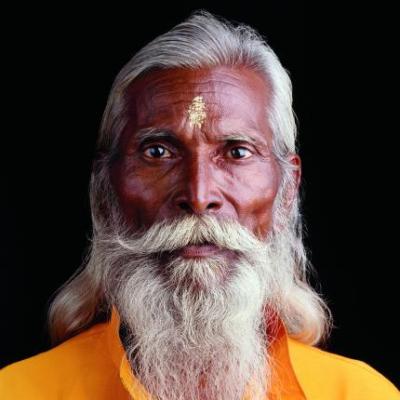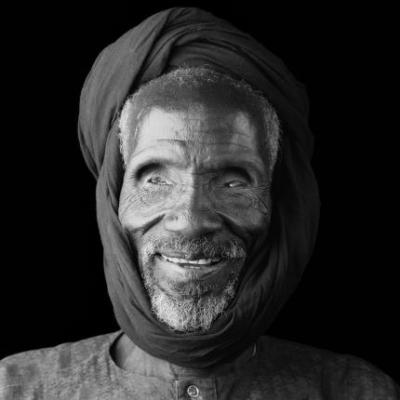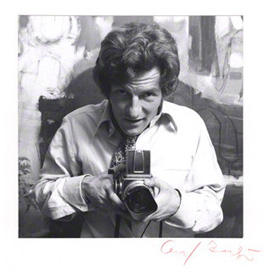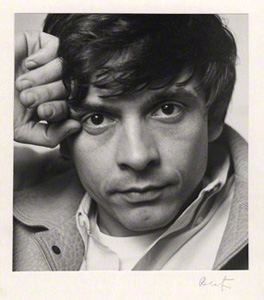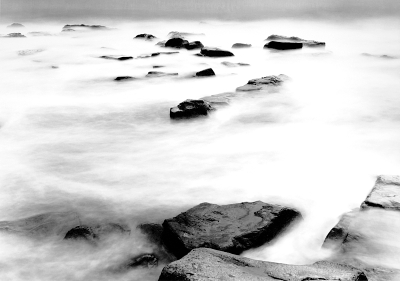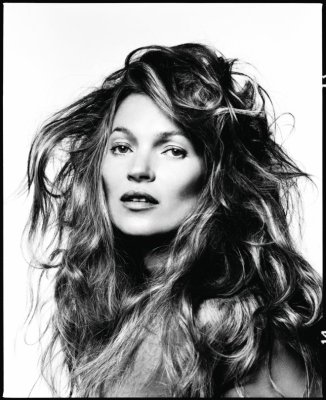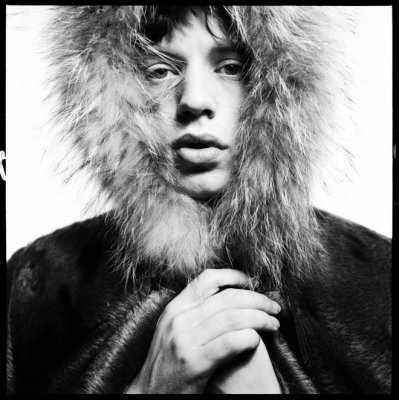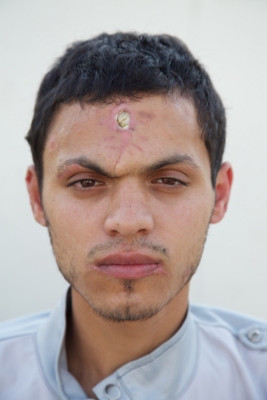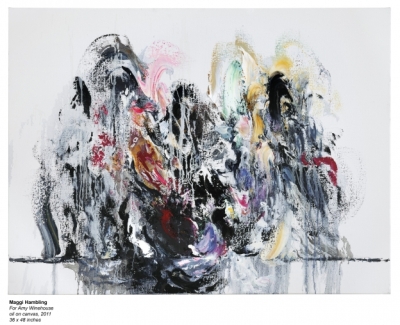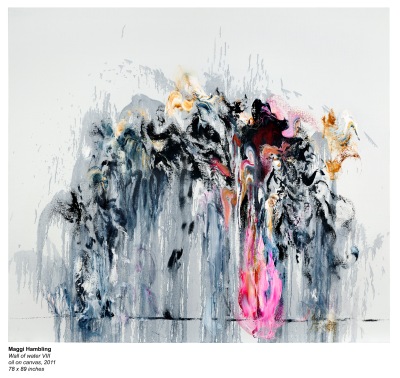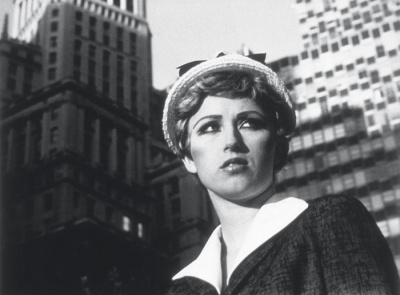Upon a search for photographers looking at the idea of photographing other photographers, I came across the work of Abe Frajndlich, born 1946, a United States of America resident after moving via Isreal, Brazil and France at the age of 10 from Frankfurt, Germany.
Frajndlich has created a series of work spanning over 20 years with over 100 different portraits of fellow photographers including the likes of Duane Michals and Annie Liebovitz in a series titled ‘Penelope’s Hungry Eyes’ as a reference to the wife of Odysseus who had a strong belief and patience for the return of her husband. The body of work seeks to uncover those who’s eyes are hidden by a camera, where Frajndlich has sought to discover and document his fellow photographers to discover and express what makes each photographer tick. Each photograph is personal to those within the photograph with setting, props and scenario changing in relation to how each photographer feels about being photographed or how they want to be perceived by other photographers and the public. Colour or black and white is a selective choice between the availability and the choice of the photographer being photographed as to portray a particular emotion/ idea across to the observer. The photographs presented are often subtly humorous, portraying a notion of creativity amongst photographers while the work responds to the similarities and differences, and also reputation of the person and the photographer (Frajndlich, A, 2013). The body of work has undergone several incarnations with publications at different times of the process with the series taking a form of Masters of Light, in 1991.
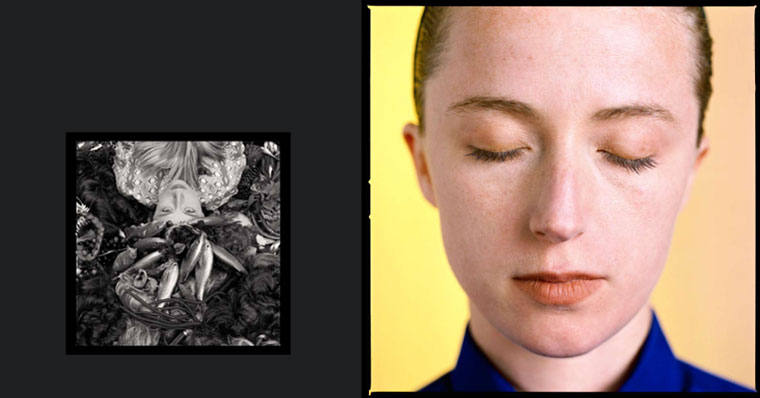
Abe Frajndlich
http://www.abefoto.com.html
From the work of Frajndlich, a common theme is the choice of focus upon the eye of the photographer, the most valuable aspect of the photographer. Looking and seeing photographs is a key skill in distinguishing between photographs as we are inundated with photographs daily.
Frajndlich, A, 2013, Bio, [online] [accessed on 20/04/2015] Available from http://www.abefoto.com/bio.html
Frajndlich, A, 1991, ‘Photo ops with the masters’, Artnews,[online] vol 90, pgs 125-129 [Accessed 25/04/2015] Available from Art Source
Frajndlich, A. 2012, Photographing photographers, New York Times [online] 15 Jan. 2012 pg 7 [Accessed 25/04/2015] Available from Academic OneFile
Tregoning, B, 2015 PENELOPE’S HUNGRY EYES. [online] [Accessed 28/04/2015] Available at: http://www.tregoningandco.com/penelopes-hungry-eyes.html
